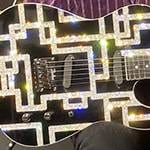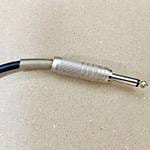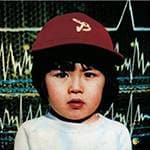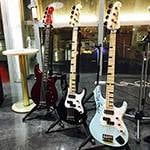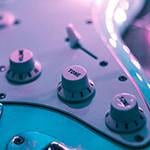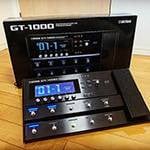The Trigger for The Digital Synthesizer Boom Around the World
In this series, I look at classic albums that feature electric pianos, and the background to the times in which they were made. Continuing on from the previous article, this is the second article in the series, which focuses on the DX electric piano sound produced by the Yamaha DX7, which was known as a revolution in digital synthesizers.
The DX7 was loved by musicians all over the world. After it was released, the sound quality, convenience and low price of the DX7 led to the DX electric piano sound being used in all kinds of music.
This article is another in the series looking at the DX electric piano sound.
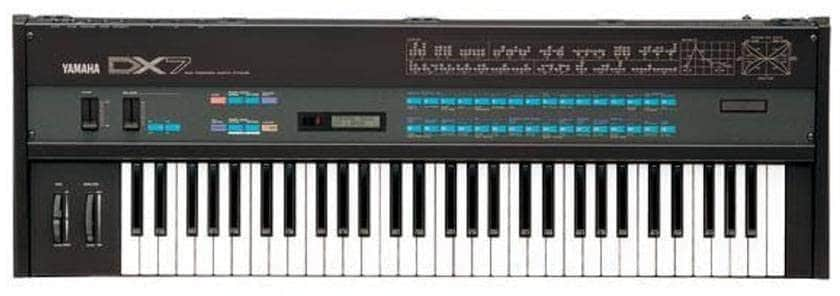
YAMAHA DX7, Source: Yamaha website
Further Innovation! The DX7 II, The Final Weapon of DX, has Appeared. The Ideal Evolution has Arrived!
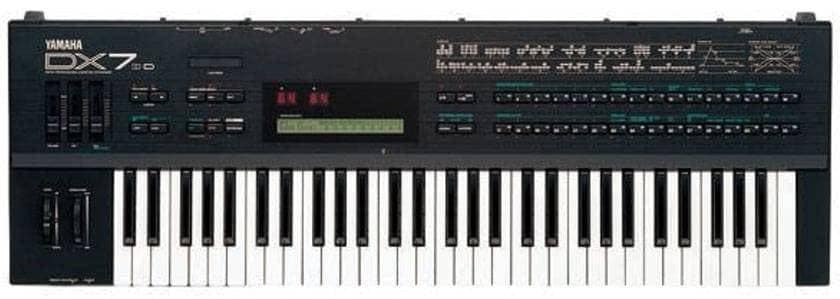
DX7Ⅱ, Source: Yamaha website
The DX7 II is a digital synthesizer from Yamaha that has the sound source of the DX7, a huge hit, expanded to two units. Yamaha also had a lineup of other synthesizers, including the DX7, a synthesizer with a sound source equivalent to two DX7s, the DX5, and the DX1, a top-of-the-line model with upgraded DX5 functions. However, the DX1 was expensive and heavy, at 1,980,000 yen and 51kg, and the DX5 was expensive and heavy, at 598,000 yen and 19kg, so they never became popular.
The DX7 II, released three years later, was the dream machine that users had been waiting for.
It had the same functions as the DX5, but was the same price as the DX7 (258,000 yen)!
The DX7FD (298,000 yen), which was equipped with a floppy disk drive, was also released at the same time. The number of voices that could be stored increased dramatically.
The advantage of having two sound generators was good news for users who played the DX electric piano.
By layering the DX electric piano sounds and slightly shifting the pitch, it was possible to add thickness and depth to the sound, and the DX7 II was a dream-like digital synthesizer for users. Looking back on the history of synthesizers to date, I think that the release of the Yamaha DX series was the greatest epoch.
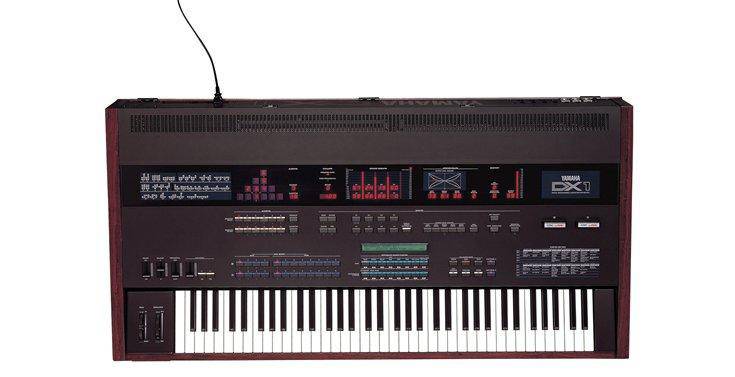
YAMAHA DX1, Source: Yamaha website
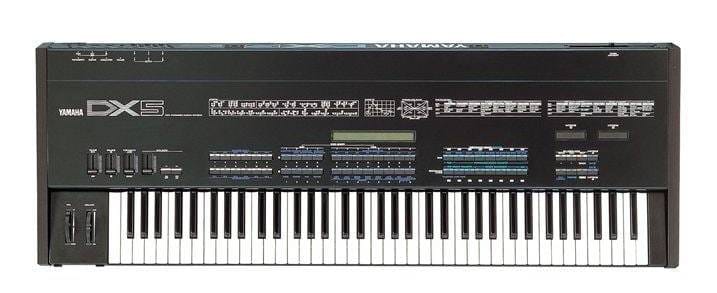
YAMAHA DX5, Source: Yamaha website
■ Recommended Album: Toto “Fahrenheit” (1986)
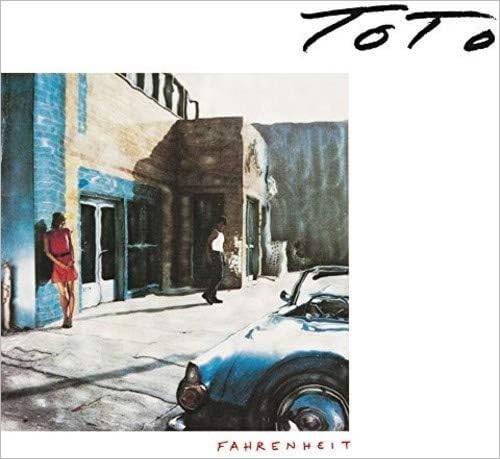
This is Toto's sixth album, released in 1986. The lead vocalist was replaced by Fergie Frederiksen, and Joseph Williams, the son of composer John Williams, also participated in the album. Michael McDonald (cho), David Sanborn (sax), and jazz trumpet master Miles Davis (tp) also participated in the album, creating a lot of buzz.
However, the guests were not very prominent, and the album is still very much Toto's sound, including the songs.
The DX electric piano plays a big part in this album, and the DX is also used as a bass sound in the songs that are mainly made up of computer-generated sounds.
The DX7's bass sound is often used as a synth bass that rivals the Minimoog due to its thick sound. The DX is known not only as an electric piano, but also as a digital synthesizer with a strong centripetal force as a bass sound.
Recommended Track: “I’ll Be Over You”
This is a song that is considered a masterpiece of the Toto ballad genre. DX electric pianos are used throughout the entire song. In addition to the basic piano backing, you can also hear a combination of DX7 sounds in the obbligato, in addition to the DX electric pianos.
In 1981, a digital interface called MIDI was released. It allowed digital synthesizers and other digital devices to be connected by cable, so that the performance information on the mother keyboard could be made to sound simultaneously on the slave side. Digital synthesizers such as the DX7 had MIDI terminals such as IN and OUT. The advent of MIDI led to an increase in attempts to connect digital synthesizers and have two or more synthesizers play notes simultaneously.
As Toto keyboardists David Paich and Steve Porcaro were also working as monitors for Yamaha, it is easy to imagine that they were able to reflect MIDI functions in their songs in various ways with the support of Yamaha.
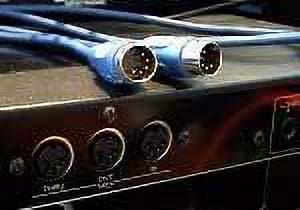
MIDI(Music Instrument Digital Interface), CC BY-SA 3.0 (quoted from Wikipedia)
The promotional video for this song begins with a scene showing the Toto members carrying equipment up to the roof of a building so that they can play on the roof. There is an insert showing David Paich and Steve Porcaro setting up the DX7.
The ripple effect of the DX electric piano, which adds a touch of brilliance to the music, is tremendous, and combined with Toto's image of creating new music, it goes on to become a standard sound for ballad performances, helping to define an era.
Recommended Track: “Till The End”
In the funky 16-beat song “Til The End”, you can also hear the brass sound that is a Toto must-have. The Toto brass sound is credited as Toto Horn in the Oberheim, so it has a kind of Toto-exclusive aspect to it. With the release of new digital synthesizers, it is also possible to imagine that the Toto Horn also uses the DX7 with MIDI as mentioned above. This is because the sound of the Toto Horn has also changed from previous albums.
The DX7 had a brass sound as the first preset sound. It is thought that this was a preset sound that Yamaha was quite confident about. This sound was also a sound that could not be heard on previous analog synthesizers. It is thought that Toto mixed the DX7's sparkling brass sound with the brass sound of the Yamaha CS80 and the sound of the Oberheim Expander.
This album, Fahrenheit, was released in 1986, the same year as the successor model, the DX7 II.
In the promotional video for “Till The End”, there are several cuts showing keyboardists David Paich and Steve Porcaro playing the DX7 II.
You can also hear the DX electric piano in this song during the mellow chorus. The shimmering sound of the DX electric piano fills the space, giving the song a unique atmosphere and depth. The spatial effects are also great. I think this is the true essence of the DX electric piano.
During the song, when David Paich plays the electric piano fill-in scene, a close-up shot of the DX7 II is inserted from directly above. I think it's a “must-have” or “deal” cut (lol).
Featured Musicians, Albums, and Recommended Songs
- Toto, David Paich, Steve Porcaro, etc.
- Album: “Fahrenheit”
- Recommended Tracks: “I'll Be Over You”, ”Till The End”
The “sound & person” column is made up of contributions from you.
For details about contributing, click here.






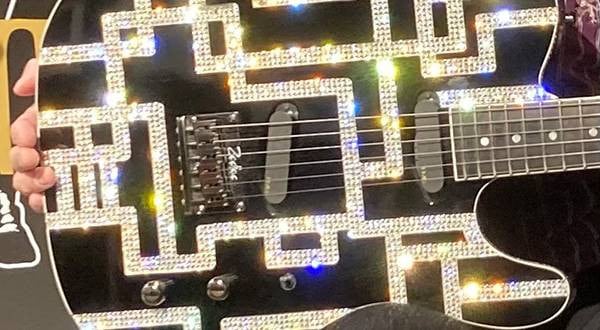
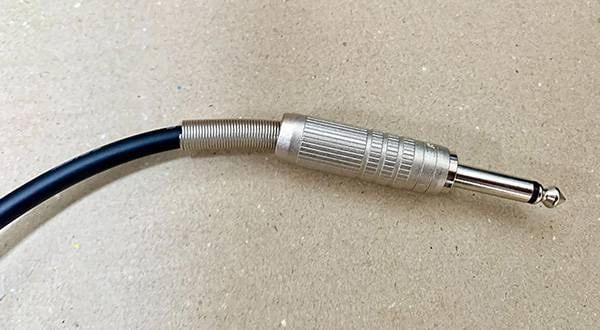
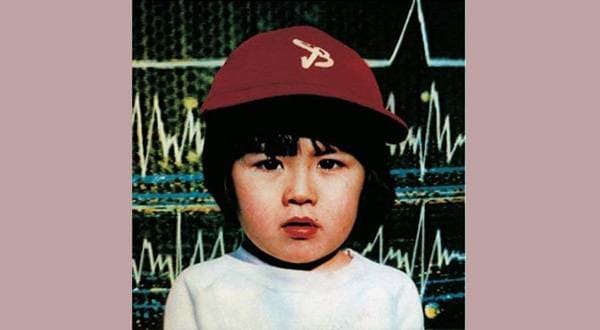
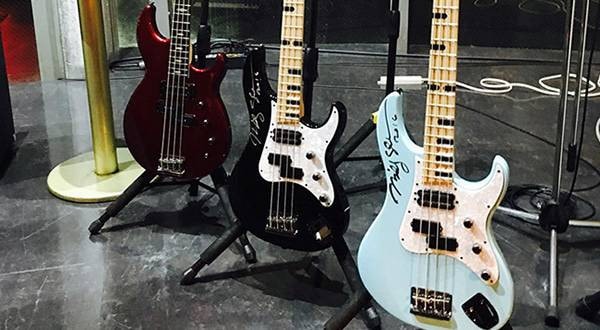
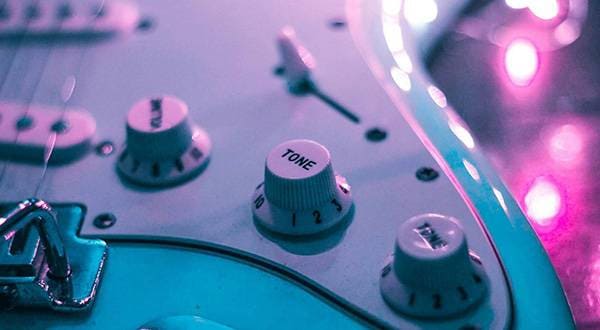
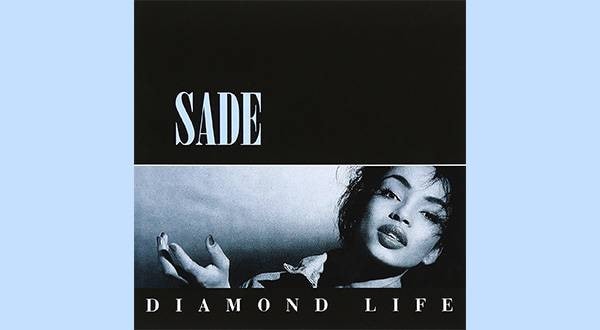
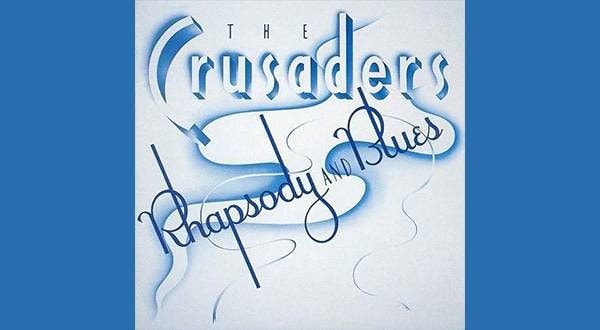


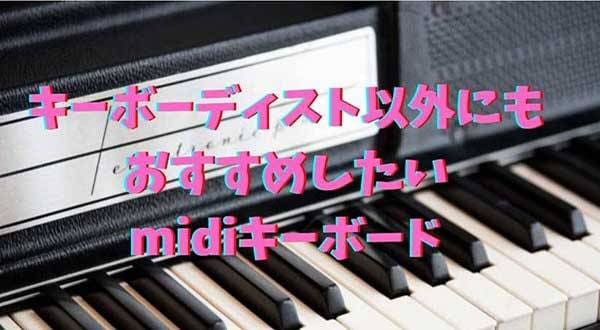
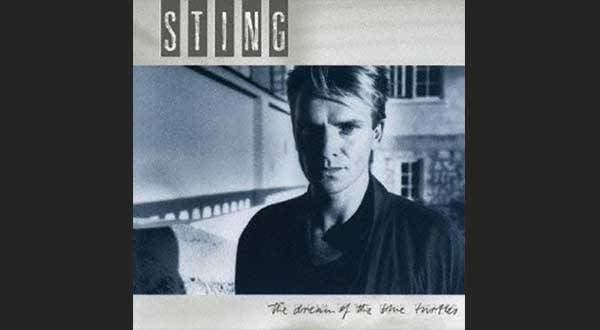
 BOSS MIDIケーブルで広がるパフォーマンスの世界
BOSS MIDIケーブルで広がるパフォーマンスの世界
 MIDIキーボード 入門ガイド
MIDIキーボード 入門ガイド
 エレクトリックピアノ 入門ガイド
エレクトリックピアノ 入門ガイド
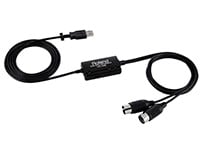 USB接続MIDIインターフェイス
USB接続MIDIインターフェイス
 USB接続対応のMIDIキーボード
USB接続対応のMIDIキーボード
 おすすめの電子ピアノ
おすすめの電子ピアノ
